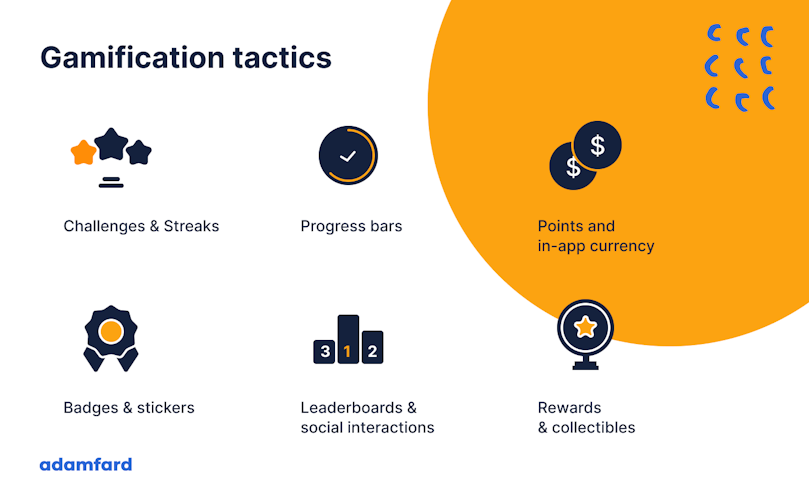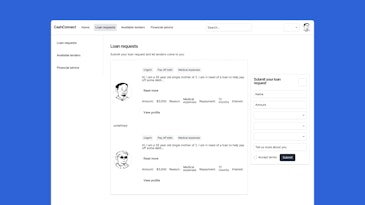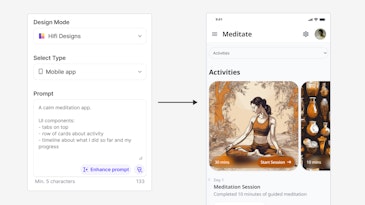In today's digital ecosystem, forming a robust user engagement strategy is crucial for the success and sustainability of online platforms and applications. Engagement goes beyond mere usage; it's about fostering active participation, emotional investment, and sustained interest in your product.
This guide provides a structured approach to developing a user engagement strategy, encompassing analysis of user flows, identification of improvement areas, and implementation of innovative engagement techniques.
1. Understanding and Defining User Engagement
User engagement is a measure of how actively users interact with a product or service. It encompasses a range of behaviors from the frequency of use, duration of interaction, and depth of involvement, to emotional investment. High engagement indicates that users find value in the service, leading to increased customer loyalty and potentially higher revenue.
The foundation of a user engagement strategy is understanding what engagement means for your platform:
Engagement Dimensions: Consider frequency, duration, interaction depth, and emotional connection. High engagement levels are often linked to increased customer loyalty and revenue.
Engagement Metrics: Identify key metrics such as time on site, pages per session, repeat visits, conversion rates, and user growth rates. Tools like Google Analytics can aid in tracking these metrics.
The first step to forming a strategy is forming the goals. In order to do that, your team has to arrive at a common idea of what kind of engagement you're looking to get.
Here are a few examples:
| Product | In-App Engagement Metrics |
|---|---|
| Frequency/duration of sessions, likes/comments/shares, story/reel views, direct messaging, regular posting. | |
| Spotify | Hours spent listening, playlist creation/sharing, use of discovery features, following artists, playlist use. |
| Duolingo | Daily lessons, streak maintenance, exercises completed, levels achieved, community challenge participation. |
| Amazon | Shopping session frequency/duration, product reviews/ratings, wish list/cart usage, search/purchase frequency. |
| Fitbit | Daily device syncing, activity tracking (steps, heart rate, sleep), goal setting, food/water log, social sharing. |
2. Analyzing Current User Flows
User flow refers to the path a user follows through an application or website, encompassing their interactions from initial entry to the final goal, be it a purchase, sign-up, or content consumption. Understanding current user flows is crucial in identifying how users navigate, what attracts their attention, and where they might disengage.
A thorough analysis of how users interact with your platform is essential:
Entry Points and Navigation Pathways: Determine how users find and navigate your platform. Use tools like heat maps for insights.
User Journey Analytics: Understand the user's journey from start to finish, identifying popular features and potential drop-off points.
The core reason for mapping the user journey is to understand the current state of things. Now that you know the engagement you're looking to get, and where you are right now with respect to this engagement, you can formulate steps to reaching your goal.
PS. Technically user flows and customer journey maps are different things. However, whichever shape your final deliverable will take, what matter is that you can clearly visualize the path users take.

3. Identifying Gaps and Areas for Improvement
Analyzing current user flows often reveals gaps or pain points in the user experience. These could be complex navigation, lack of engaging content, or inadequate feedback mechanisms. Identifying these areas is the first step in enhancing user engagement.
With a clear understanding of user flows, pinpoint areas for enhancement:
Gather User Feedback: Use surveys and behavior analysis to understand user needs and pain points.
Usability and Content Relevance: Address any navigation issues, improve UI/UX, and ensure content is engaging and relevant.
A/B Testing: Experiment with different solutions to address identified issues.
4. Developing and Implementing the Strategy
With insights in hand, develop a strategy that includes:
Targeted Improvements: Based on your analysis, implement changes in areas like content, design, and functionality.
Gamification Techniques: Introduce elements like challenges, rewards, and progress tracking to make the user experience more engaging.
Out-of-App Engagement: Use personalized emails, push notifications, and SMS to keep users engaged outside the app.
Forming a strategy is absolutely vital. The reason is simple – the are multiple departments that are all looking for users' attention. Those could be marketing, sales, customer support, product management, design, you name it.
Now imagine if each department would contact users separately. That's the key reason why your whole team should be aligned on your user engagement strategy.
5. Measuring and Iterating
To understand the impact of any changes, it's essential to measure user engagement. Metrics such as daily active users (DAU), session length, conversion rates, and churn rate provide insights into how users are interacting with your product. Regular monitoring of these metrics is crucial for assessing the effectiveness of engagement strategies.
A successful strategy requires continuous monitoring and adaptation:
Monitor Key Metrics: Regularly track engagement metrics to gauge the impact of your strategies.
Iterative Process: Use data-driven insights to refine and adjust your approach continually.
6. Extra Tips for Enhancing Engagement
So far, we've been talking mostly about forming a strategy. Typically, in order to reach a strategic goal you would employ certain tactics. Now here are a few common tactics that do wonders with boosting user engagement.
Gamification: Incorporating game-like elements such as points, badges, and leaderboards can significantly enhance engagement by making the user experience more fun and rewarding.

Personalization: Tailor user experiences based on their behavior and preferences.
Responsive Customer Support: Ensure user queries and issues are promptly addressed.
Leveraging Social Media: Use social media platforms to engage users and foster a community around your product.
Conclusion
Developing a user engagement strategy is a dynamic process that demands an in-depth understanding of user behavior, continuous measurement, and adaptation.
By analyzing user flows, addressing gaps, and employing innovative engagement tactics, businesses can create a more engaging and rewarding user experience, leading to increased loyalty and growth.
Remember, the key to a successful engagement strategy is not just in its creation but in its ongoing evolution and responsiveness to user needs.



